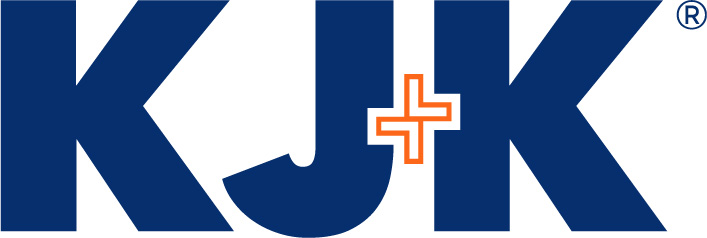As one of what will likely be several supplements to our recent article about the SBA’s Economic Injury Disaster Loan (EIDL) program, below are answers to more in-depth questions that small businesses considering applying for an EIDL may have about the program.
Q: Has any part of Ohio been declared a disaster area by the SBA yet?
A: The Small Business Administration (SBA) declared all 88 counties in Ohio as well as neighboring counties in Indiana, Kentucky, Michigan, Pennsylvania and West Virginia a disaster area due to COVID-19 coronavirus. Many other regions of the country have also been declared a disaster area. A complete list is available here.
Q: What qualifies as a “small business”?
A: A “small business,” for purpose of the EIDL program, is defined by the SBA’s size standards in accordance with the North American Industry Classification System (NAICS) codes and the SBA’s size standards tool. Size standards vary according to a variety of factors including industry type, average firm size and start-up costs and entry barriers.
Q: How does the eligibility requirement that a business be unable to obtain credit elsewhere work? Could that requirement be eliminated or waived?
A: The company must show it is unable to address disaster losses using available personal or business resources or access to nonfederal lending sources at reasonable rates and terms, and the business and its affiliates and principal owners (20% or more ownership interest) have used all reasonably available funds. However, some stakeholders, such as the U.S. Chamber of Commerce, have advocated that this requirement be eliminated. Also, legislation is pending to waive the “credit elsewhere” requirement for applications under $350,000. We will track this legislation closely and update our clients as soon as we know more.
Q: How can I prepare now to submit an application?
A: Get ahead of the process by reviewing the application requirements here. Also, the following recommendations come from a recent Inc.com article outlining what to do now to put yourself in a good position when you apply for an EIDL, when it becomes available:
- File your taxes now and prepare a personal financial statement.
- Put together three years of business and personal tax returns. If 2019 tax returns are not yet available, lenders will want to see your year-end 2019 financials and the personal financial statement if you own more than 20% of the company.
- Provide forecasts and budgets for 2020.
Q: How long does it take for approval and disbursement of EIDLs?
A: Once the application is submitted, the typical approval timeline is up to four weeks, and it can take up to five days for disbursement. However, many have voiced concerns about the SBA’s current funding and infrastructure limitations, which could lead to extended timelines unless the agency is better funded and staffed to enable it to scale up quickly to meet demand. Also, since the lender is the government, the process will take longer than a traditional loan. President Donald Trump is requesting that $50 billion in loans be authorized for these loans; already, $7 billion in disaster loans have been authorized by Congress, and other legislators have advanced proposals. Even if legislation is passed swiftly, the SBA needs time to promulgate implementing rules and regulations. Obviously, time is of the essence with this—if this process takes too long, many businesses will fail. Also, for context, in an ordinary year, under the SBA’s general 7(a) loan program, about $30 billion is lent—so this additional volume would stretch the SBA’s abilities. This 2016 Congressional Research Service report provides more background on the SBA Disaster Loan Program. It shows that:
- 83% of SBA disaster loans historically have gone to individuals, not businesses.
- Only 6% of disaster loans have been EIDLs.
- Over a period of 10 years (2005-2015), the SBA only lent $4 billion in disaster loans.
Q: Will the EIDLs require a personal guaranty?
A: Yes, the loans will likely require a personal guaranty from any owner of at least 20% of the company; a lien on the business itself and the guarantor’s house (if one is owned) may be expected. For more information, borrowers can contact the SBA Disaster Assistance Customer Service Center at 1-800-659-2955 or disastercustomerservice@sba.gov.
Please also reach out to Cary Zimmerman at caz@kjk.com or 216.736.7275, or contact one of our Banking & Finance professionals if you have any questions about lending and liquidity.
